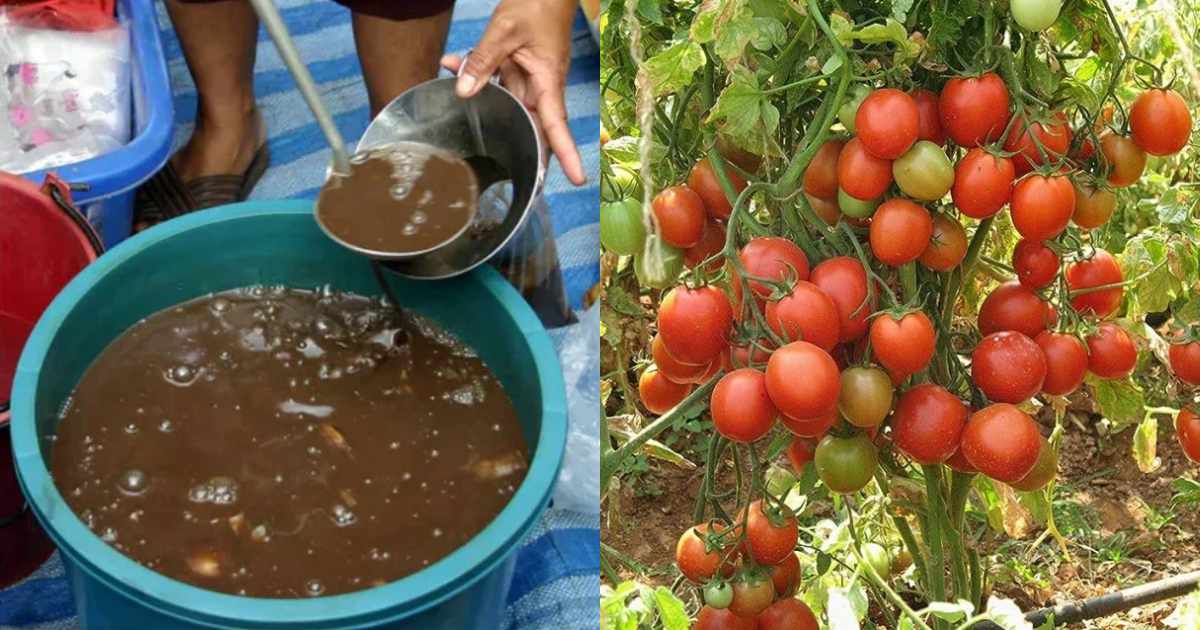
മീൻ വേസ്റ്റ് കൊണ്ട് ഒരു ഉഗ്രൻ വളം; മീൻ വേസ്റ്റ് മാത്രം മതി പച്ചക്കറികൾ ഇനി കുലകുത്തി കായ്ക്കും.!! Fish waste as intensive fertilizers
Fish waste as intensive fertilizers : മീൻ വേസ്റ്റ് ഉണ്ടോ? മീൻ വേസ്റ്റ് ഇനി ചുമ്മാ കളയല്ലേ! മീൻ വേസ്റ്റ് കൊണ്ട് ഇങ്ങനെ ചെയ്താൽ പച്ചക്കറികൾ പൊട്ടിച്ചു മടുക്കും; പച്ചക്കറികൾ കുലകുത്തി കായ്ക്കാൻ മീൻ വേസ്റ്റ് കൊണ്ട് ഒരു ഉഗ്രൻ വളം! നമ്മുടെ വീടുകളിൽ ബാക്കിവരുന്ന വേസ്റ്റ് എന്ത് ചെയ്യും എന്ന പലപ്പോഴും ആലോചിക്കാറുണ്ട്. പ്രത്യേകിച്ച് പറമ്പും മറ്റും ഒന്നും അധികം ഇല്ലാത്തവരാണ് എങ്കിൽ. ഫ്ലാറ്റിൽ താമസിക്കുന്നവർക്ക് പോലും ബാക്കി വരുന്ന വേസ്റ്റ് നശിപ്പിച്ചു കളയുക എന്നത് പ്രയാസമേറിയ ഒന്നായിരിക്കും.
പച്ചക്കറി വേസ്റ്റ് അല്ലെങ്കിൽ ബാക്കിവരുന്ന വേസ്റ്റുകളെ പോലെ ആയിരിക്കില്ല മീനിന്റെ വേസ്റ്റ്. മീൻ കഴുകുമ്പോഴും അതിൻറെ മാലിന്യങ്ങൾ നീക്കം ചെയ്യുമ്പോഴും ഉണ്ടാകുന്ന അവശിഷ്ടം വലിച്ചെറിയുവാനോ വീടുകളിൽ കവറിലോ പാത്രത്തിലോ സൂക്ഷിക്കുവാനോ പ്രയാസമായിരിക്കും. വീടുകളിൽ ദിവസേന ഉണ്ടാകുന്ന ഒരു വേസ്റ്റ് ആണ് മീനിന്റേത്. പറമ്പിലും മുറ്റത്തും ഒക്കെ ഒഴിക്കുന്നത് വലിയതോതിലുള്ള മണം സൃഷ്ടിക്കുന്നു.
ഇത് നമുക്ക് വീട്ടിൽ തന്നെ വളമാക്കി മാറ്റാം എന്ന് പറഞ്ഞാൽ വിശ്വസിക്കാൻ അല്പം പാടായിരിക്കും. വീട്ടിൽ വാങ്ങിക്കുന്ന മീനിന്റെ വേസ്റ്റ് ചെടികൾക്കും പച്ചക്കറികൾക്കും എങ്ങനെ ഉപയോഗിക്കാം എന്ന് നോക്കാം. യാതൊരു മണവുമില്ലാതെ ഇതെങ്ങനെയാണ് ഉപയോഗിക്കുന്നത് എന്നാണ് ഇന്ന് പറയുന്നത്. അതിനായി അടുപ്പ് കത്തിച്ച് ബാക്കി വന്ന മീനിന്റെ വേസ്റ്റ് ഒന്ന് തിളപ്പിച്ചെടുക്കാം. ചെറുതായി ഒന്ന് തിളപ്പിച്ച് എടുക്കുന്നതായിരിക്കും നല്ലത്. മീൻ കഴുകിയ ചോ ര മയമുള്ള വെള്ളവും ഇതിൽ ഉപയോഗിച്ച് തിളപ്പിക്കാം.
ചെറിയ മീനിന്റെ വേസ്റ്റ് ആയിരിക്കും വളത്തിന് ഏറ്റവും ഉത്തമം. ഇത് നന്നായി ഒന്നു തിളപ്പിച്ചെടുത്ത ശേഷം ആറാനായി മാറ്റിവയ്ക്കാം. ചെടിയുടെയും പച്ചക്കറികളുടെയും ചുവട്ടിൽ ഒഴിക്കാൻ പാകത്തിന് ചൂട് മാറി കിട്ടുന്നത് വരെ ഇതിൻറെ ചൂടാറുന്നതിന് മാറ്റിവയ്ക്കാം. ശേഷം ഒരു പാത്രമോ കപ്പോ ഉപയോഗിച്ച് നമ്മുടെ ചെടികൾക്കും പച്ചക്കറികൾക്കും ഇത് ഒഴിച്ചു കൊടുക്കാം. ഇങ്ങനെ തിളപ്പിച്ച മീൻ വേസ്റ്റ് ചെടികൾക്ക് ഒഴിച്ചു കൊടുക്കുമ്പോൾ യാതൊരു വിധത്തിലുള്ള മണമോ ദുർഗന്ധമോ ഒന്നും തന്നെ ഉണ്ടാകില്ല. Fish waste as intensive fertilizer Video credit : AG World
Fish waste as intensive fertilizer
Nutrient-Rich Composition:
Fish waste is naturally high in nitrogen, phosphorus, potassium, calcium, magnesium, and trace minerals, offering a complete nutrient profile for plants. These nutrients promote strong root development, lush leaf growth, and overall plant vigor.
Improves Soil Health:
The organic matter in fish fertilizers enhances soil microbial activity, which improves nutrient availability and soil aeration. The microbes break down the organic material gradually, ensuring long-term fertility without causing nutrient burn like chemical fertilizers.
Boosts Crop Yield and Quality:
Regular use improves resistance to pests and diseases in crops by strengthening root systems and building up beneficial soil bacteria
Fermentation (Fish Hydrolysate):
- Fish scraps (head, bones, skin, guts) are mixed with jaggery and beneficial microbes (like EM or lactic acid bacteria) in airtight containers.
- Fermenting for 2–4 weeks creates a liquid extract known as fish hydrolysate fertilizer.
- It can be diluted (1:20 ratio with water) and sprayed on plants or applied to soil for immediate absorption.
Composting:
- Fish waste is layered with carbon-rich materials like dried leaves, sawdust, or straw and allowed to decompose.
- The resulting compost provides nitrogen and organic matter, increasing moisture-holding capacity and suppressing soil-borne diseases.
Fish Meal or Bone Meal:
- Dried and ground fish remains are converted into powder form.
- This is ideal for slow-release nutrient feeding, particularly in fruit trees and root vegetables.

Comments are closed.